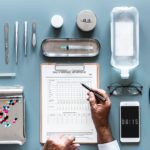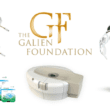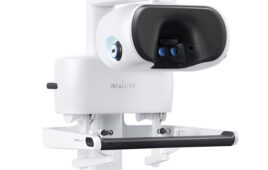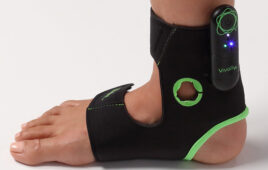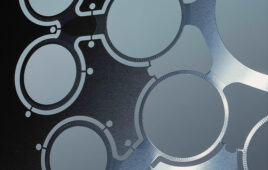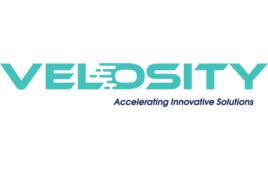2. High tech goes all in with medtech
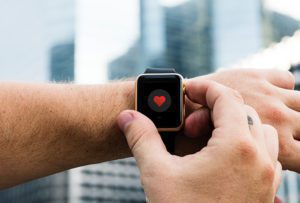
[Image from unsplash.com]
“We’ve been talking about telemedicine and remote monitoring in some fashion for decades. The technology, driven particularly by the spread of consumer communication capabilities, has existed for some time to enable the integration of medical information from a variety of sources, including both medically relevant and consumer-based data. The impediments to the use of monitoring technology, particularly for the chronically ill and now the ever-increasing elderly population, have been structural and financial in nature. With the recent changes in CMS codes regarding remote monitoring set to take effect in 2019, the measurement of medical parameters for certain patient classes will accelerate dramatically. While the medical devices generating the data will continue to be important, the integration of the information will enable new insights into health. Perhaps this is the year that information becomes the product and analytics is the new medical device.” – Bill Betten, president, Betten Systems Solutions
“I predict the next generation of wearables will significantly blur the lines between tech accessory and medical device. These ‘devices’ will include capabilities such as measuring blood pressure, blood sugar, body temperature and more. The FDA is working closely with industry partners to identify common roadblocks to innovation. The de novo program, the classification Apple pursued for the Apple Watch, is the category for medical devices that don’t fall within an existing classification. As we blend medical technology with consumer technology, I foresee the de novo program being utilized by companies such as Fitbit and Garmin. As a consumer, I’m very excited for the potential and advancements.” – Jon Speer, founder and VP of QA/RA, Greenlight Guru


